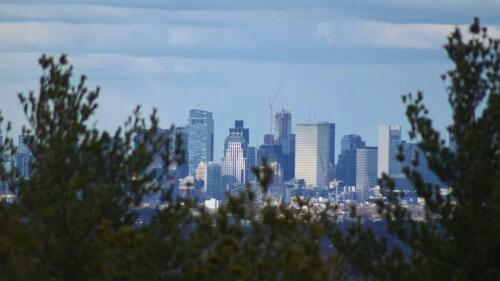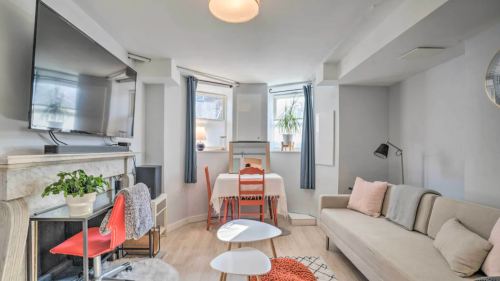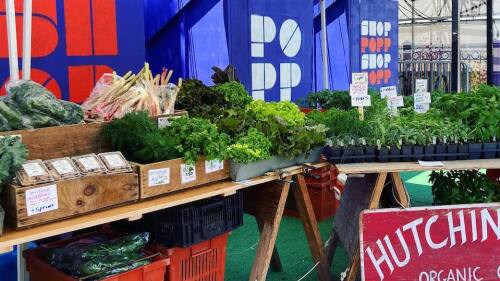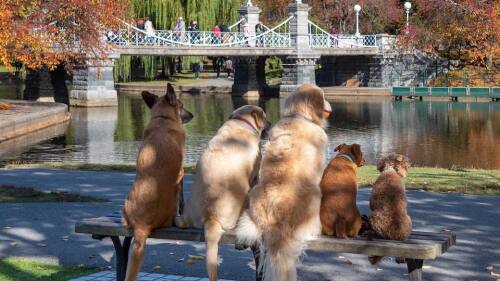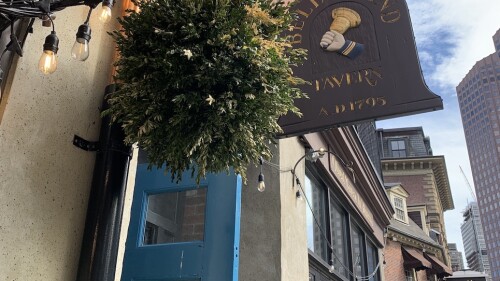The Freedom Trail is one of the top rated walking tours of Boston. Grab your walking shoes (or better yet, a BlueBike) and this handy dandy map for a day of history on the ~2.5 mile trail that celebrates some of the most iconic landmarks of the American Revolution.
powered by Proxi
Boston Common, 138 Tremont St.
Start your tour with a long stroll through America’s oldest public park. The 44-acre green space was established in 1634. The park features ballfields, green spaces for dogs to run, and the Frog Pond + the spray pool is now open for the summer. Dig into the roots of the nearby Public Garden too.
Massachusetts State House, 24 Beacon St.
The gold-domed State House is the newest version of the government building that houses the state’s legislature. This building has been in use since 1798 and was designed by Charles Bulfinch. Look for the building at the corner of the Boston Common + take a free walking tour, offered from 10 a.m.-3:30 p.m.
Park Street Church, One Park St.
Look for the 217-ft tall steeple that was once the first landmark travelers saw when arriving in Boston. The steeple earned Boston the tallest building in the US title for 36 years. Before it was a church, this was the location of the City’s grain storage + where the sails for the USS Constitution were made.
Granary Burying Ground, 95 Tremont St.
This historic burying ground has ~2,300 markers and dates back to 1660. It was created to help with overcrowding at King’s Chapel Burying Ground. This is where you will find the final resting place for Samuel Adams, John Hancock, Paul Revere + the five victims of the Boston Massacre.
King’s Chapel and King’s Chapel Burying Ground, 58 Tremont St.
There are over 330 years of history at Boston’s first Anglican church, dating back to 1686. The granite building has been in use since 1754 and the oldest American pulpit is still in use. This is also the location of Boston’s oldest burying ground.
Boston Latin School + Benjamin Franklin Statue, 45 School St.
The oldest school in America was founded on April 23, 1635 and offered free education to young boys. The original school house opened in 1645 and the mosaic in the sidewalk marks the location of the building today. Did you know that five signers of the Declaration of Independence attended school here?
Old Corner Bookstore, 283 Washington St.
The bookstore was built in 1718 by Dr. Thomas Crease to serve as his home and apothecary shop. The building would later house booksellers and publishers. Popular books like The Scarlet Letter + Little Women and authors including Nathaniel Hawthorne + Ralph Waldo Emerson were published and distributed from this location. Today the building is commercially used as retail space and is no longer a bookstore.
Old South Meeting House, 310 Washington St.
This is one of the most important colonial meeting sites of its time. It was built in 1729 as a meeting house and has since been site one of the first public conservation efforts. It was also where Sam Adams gave the signal that led to the Boston Tea Party.
Old State House, 260 Washington St.
This location has stood the test of time, fire, and revolution as the oldest surviving public building in Boston. On July 18, 1776, Bostonians gathered under the balcony to hear the Declaration of Independence for the first time. Pro tip: you can go inside the building and take a look around with multi-sensory exhibits and artifacts.
Boston Massacre Site, 260 Washington St.
Located right outside of the Old State House, this is the location where five civilians were killed in 1770 due to high tensions with the Red Coats. Pro tip: look down to find the bronze plaque.
Faneuil Hall, 1 Faneuil Hall Sq.
Much like the building is today, this was the hub for commerce in the mid-1740s. This marketplace was also the location where Americans first protested the Sugar Act and the Stamp Act of 1764 — you know, the one that stated “no taxation without representation.” Pro tip: while you are here, head over to Sam Adams Boston Taproom next door for the Freedom TrALE — a newly released session brown ale.
Paul Revere House, 19 North Sq.
You’ll spot this gray building as you enter the North End. It was owned by Paul Revere, famously known for taking the Midnight Ride, and built in 1680. This is the only home officially featured on the Freedom Trail. Today it is an educational and visitor center.
Old North Church, 193 Salem St.
Known as Boston’s oldest church that also launched the revolution, the location is famous for being the destination where Paul Revere warned that British troops were advancing “one if by land, two if by sea.” The church is open Tuesdays through Saturdays from 10 a.m.-5 p.m. Pro tip: the church will host a Fourth of July celebration ringing the bells at 12 p.m., fifes and drums performance at 2 p.m., and host a scavenger hunt.
Copp’s Hill Burying Ground, 45 Hull St.
William Copp was a shoemaker, you’ll see his gravestone here along with other merchants, artisans, and crafters from the North End area. There are over 10,000 laid to rest at this burying ground, including Edmund Hartt, who built the USS Constitution.
USS Constitution, Charlestown Navy Yard
This is the oldest commissioned warship, earning the nickname “Old Ironsides” during the War of 1812. Pro tip: hop on the ferry to Charlestown and enjoy views of the Boston Harbor + 20 sculptures on display outside the USS Constitution Museum.
Bunker Hill Monument, 43 Monument Sq.
The first major battle of the Revolutionary War was dubbed the Battle of Bunker Hill, even though the battle didn’t take place at Bunker Hill — it was at Breed’s Hill nearby. The 221-ft tall monument was designed by Solomon Willard and took 19 years to build (1824-1843). It is made of granite and there is a museum across from the monument to keep the history tour going.






